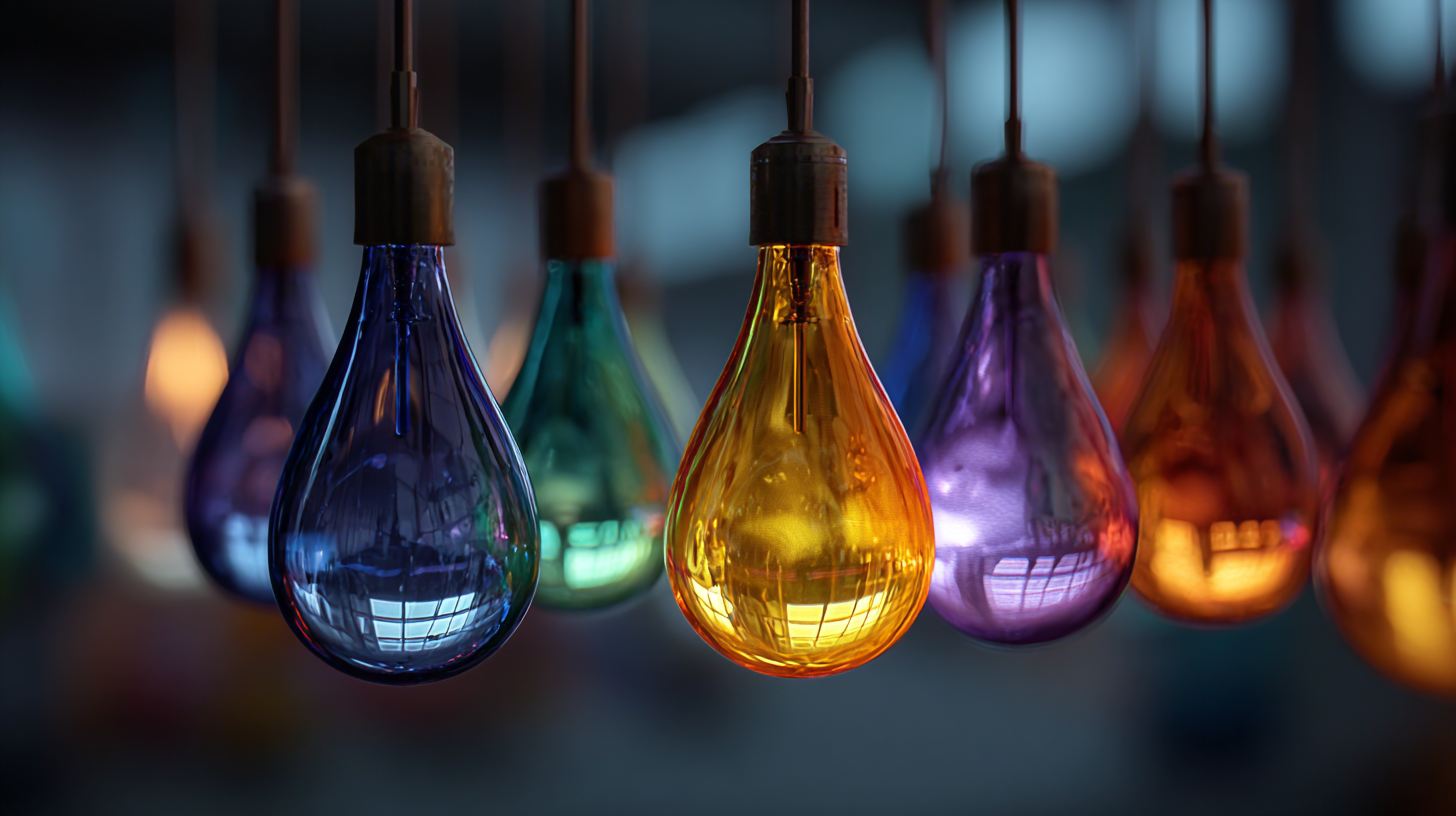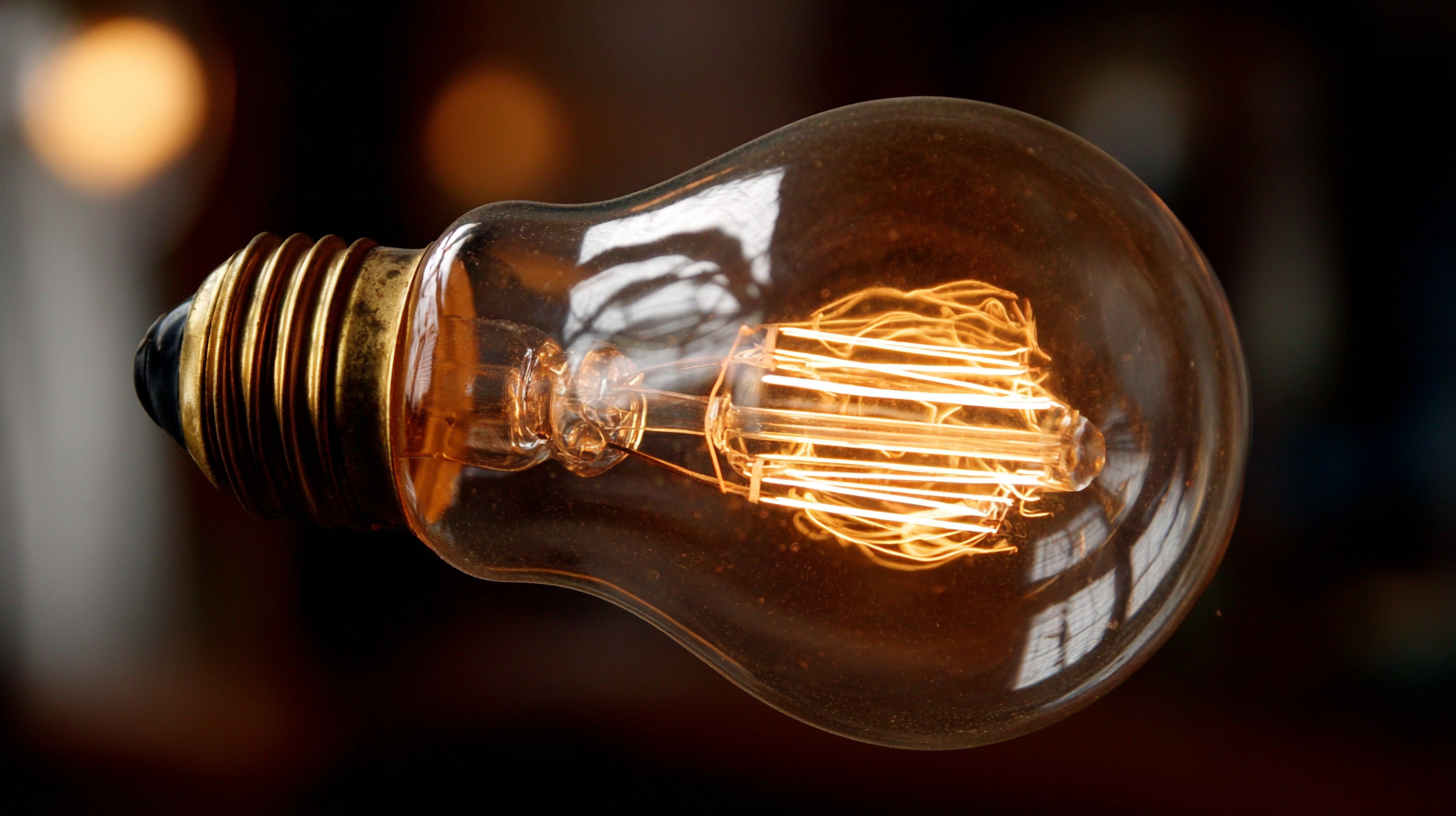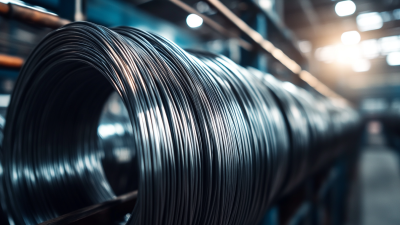In the ever-evolving landscape of modern lighting, the significance of the glass bulb cannot be overstated. These seemingly simple yet intricate devices have revolutionized how we illuminate our homes, workplaces, and public spaces. From their historical origins to their contemporary applications, the science behind glass bulbs reveals a fascinating interplay of chemistry, physics, and engineering. The material's unique properties allow for a range of designs, efficiencies, and functionalities that are crucial in today's energy-conscious society.

As we delve deeper into the world of glass bulbs, we uncover not only their impact on lighting but also their role in shaping our understanding of sustainable practices and innovative technologies. This exploration promises to unveil the importance of glass bulbs in our daily lives and the broader scientific principles that make them essential components of modern illumination.
The evolution of glass bulbs over the past century has been a remarkable journey, significantly impacting modern lighting solutions. Initially developed in the late 19th century, the incandescent bulb paved the way for widespread electric lighting. According to the U.S. Department of Energy, widespread adoption of incandescent bulbs resulted in substantial energy consumption, accounting for about 25% of residential electricity use in America by the early 2000s. This prompted innovation in the lighting industry, leading to the development of energy-efficient alternatives such as compact fluorescent lamps (CFLs) and light-emitting diodes (LEDs).

In recent years, glass bulb technology has shifted towards enhancing both functionality and aesthetics. The introduction of smart bulbs, which can be controlled remotely and adjusted for brightness and color temperature, has gained popularity in modern homes. A report from Navigant Research indicates that the global smart lighting market is projected to reach $105 billion by 2024, highlighting a significant transformation in how we perceive and use lighting. Moreover, advancements in glass manufacturing techniques have enabled the production of thinner, more durable bulbs that offer improved thermal performance and a longer lifespan, further shaping the future of lighting design.
The physics behind glass bulbs is a captivating study of efficiency in light production. Traditional incandescent bulbs, which use a filament that glows when electricity passes through it, convert just about 10% of the energy into visible light, with the rest lost as heat. In contrast, modern glass bulbs, particularly those employing LED (Light Emitting Diode) technology, harness significantly higher efficiency, with reports indicating they can convert up to 90% of the energy they consume into light. This remarkable shift not only enhances energy savings but also extends the lifespan of the bulbs, with LEDs averaging 25,000 to 50,000 hours of use compared to a mere 1,000 hours for traditional bulbs.
Understanding how glass bulbs, especially LEDs, achieve this efficiency lies in their construction and the physics of light emission. The glass itself allows for effective light transmission while providing a sturdy and protective housing for the diodes. Moreover, the interaction between electrons and the semiconductor materials in LEDs generates light in a process called electroluminescence, which is inherently more efficient than the thermal radiation produced in incandescent bulbs. Data from the U.S. Department of Energy indicates that widespread adoption of LED lighting could reduce national electricity consumption for lighting by about 50% by 2030, showcasing not only the incredible physics at play but also the substantial environmental impact of this technology.
The role of materials in the production of glass bulbs is crucial for their functionality and efficiency in modern lighting. Different types of glass, such as soda-lime, borosilicate, and quartz, offer unique properties that enhance the performance of light bulbs. Soda-lime glass, commonly used for incandescent bulbs, is cost-effective and easy to manufacture, but it has lower resistance to heat and can be fragile. In contrast, borosilicate glass can withstand higher temperatures and thermal shock, making it ideal for specialized lighting applications, such as in theater and photography where durability and clarity are essential.
Another significant type of glass is quartz, which is used in high-intensity discharge lamps and halogen bulbs. Quartz glass has a higher melting point and excellent transmission of ultraviolet light, allowing for the design of more compact and efficient lighting solutions. The choice of glass directly impacts not only the bulb's lifespan and energy efficiency but also its aesthetic appeal. Innovations in glass formulations and coatings are continuously being developed to enhance these properties, leading to advancements in lighting technology and design that cater to diverse consumer needs.
This chart illustrates the density of various types of glass utilized in modern lighting bulbs, showcasing the properties that contribute to their effectiveness and applications in today's lighting technologies.
The evolution of lighting technology has seen glass bulbs play a pivotal role in promoting energy efficiency and sustainability. Traditional incandescent bulbs, made primarily of glass, have gradually been replaced by energy-efficient alternatives such as compact fluorescent lamps (CFLs) and light-emitting diodes (LEDs). These modern lighting solutions not only consume significantly less power but also enhance the lifespan and overall efficiency of lighting systems. Glass bulbs effectively allow for a higher quality of light output while minimizing energy waste, thereby contributing to a more sustainable approach to everyday lighting needs.
Moreover, the use of glass for bulbs is essential in maintaining the integrity and performance of energy-efficient designs. The transparency of glass aids in diffusing light evenly, ensuring optimal illumination without excessive brightness or glare. In addition, advancements in glass manufacturing techniques have enabled the production of lighter and more resilient bulbs, leading to reduced transportation emissions and waste. As consumers increasingly prioritize sustainability, glass bulbs continue to be a vital component in the transition towards greener lighting solutions that align with environmental initiatives worldwide.
Glass bulbs have transcended their functional role in lighting to become significant elements in design and architecture. Their translucent nature allows for a play of light that can transform spaces, creating dynamic visual experiences. Designers often leverage the aesthetic qualities of glass bulbs to enhance the ambiance of interiors, blending practicality with artistry. In contemporary settings, these bulbs are frequently found in minimalist and industrial designs, where they serve as focal points that showcase craftsmanship and innovation.
 Culturally, glass bulbs have inspired countless artists and architects, influencing various art movements and design philosophies. They are symbolic of the modern era’s embrace of technology and beauty, often featured in installations and public art projects. The versatility of glass as a medium allows for unique sculptural forms, with lighting designs that push the boundaries of traditional illumination. Thus, glass bulbs not only serve their primary function of lighting but also elevate spaces into artistic realms, reflecting society's evolving relationship with technology and design.
Culturally, glass bulbs have inspired countless artists and architects, influencing various art movements and design philosophies. They are symbolic of the modern era’s embrace of technology and beauty, often featured in installations and public art projects. The versatility of glass as a medium allows for unique sculptural forms, with lighting designs that push the boundaries of traditional illumination. Thus, glass bulbs not only serve their primary function of lighting but also elevate spaces into artistic realms, reflecting society's evolving relationship with technology and design.






